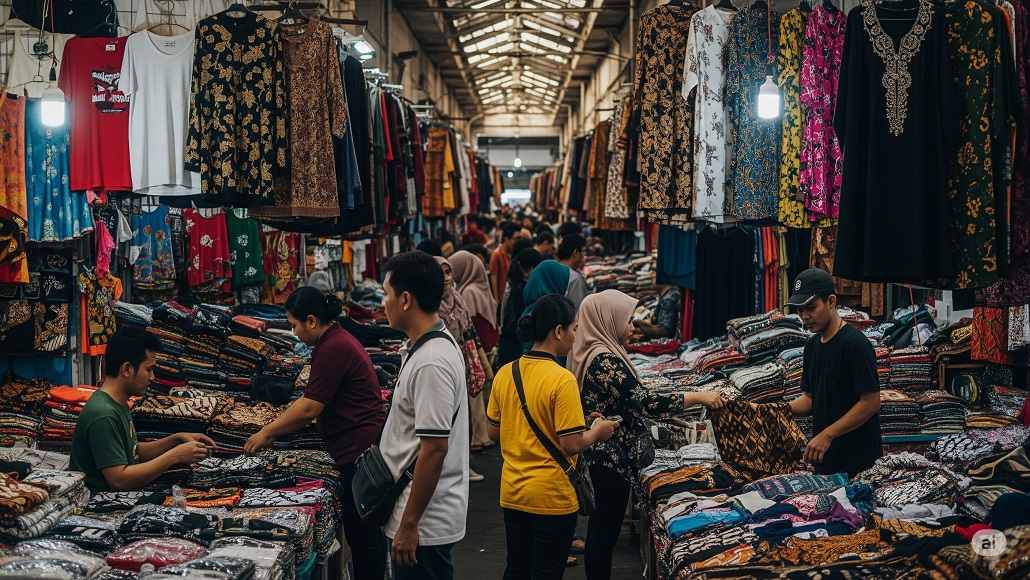Indonesia has solidified its presence in the global apparel market by exporting approximately $1.6 billion worth of garments to the United States between January and April 2025. This notable achievement keeps Indonesia in the fifth position among the largest apparel suppliers to the U.S. market, according to the latest trade data.
The export figures reflect a modest increase year-on-year, even though Indonesia has not yet reclaimed the fourth spot it previously held due to increased competition from other countries, particularly India. The Indonesian textile and garment industry has been working to enhance its manufacturing capacity and diversify its product offerings, which contribute to this sustained export value.
A recent trade agreement between Indonesia and the United States, confirmed by President Donald Trump, is expected to further bolster Indonesia’s competitive edge in the U.S. market. As part of this agreement, the U.S. intends to reduce import duties on Indonesian apparel, which could lead to a significant increase in order volumes from American retailers. The adjustment in tariff structures is anticipated to make Indonesian products more appealing to U.S. consumers.
Additionally, the shifting landscape of global sourcing strategies has seen U.S. brands and retailers actively seeking to diversify their supply chains across Asia. With its favorable labor costs, improved trade relations, and growing manufacturing capabilities, Indonesia is poised to capture a more substantial share of the U.S. apparel import market in the coming years.
The country’s ongoing investments in technology and sustainable practices are designed to enhance the efficiency and quality of its products, further supporting its position as a leading apparel supplier. As the Indonesian textile sector navigates global market dynamics, stakeholders remain optimistic about the future, anticipating that these developments will pave the way for continued growth and resilience in the apparel export arena. Ultimately, Indonesia’s ability to adapt to changing consumer preferences and maintain high standards will be crucial in strengthening its foothold in the competitive U.S. market.



































